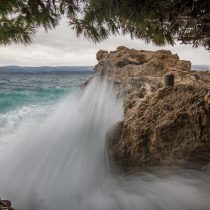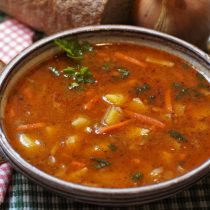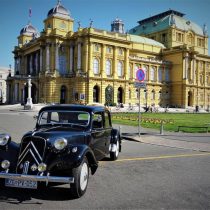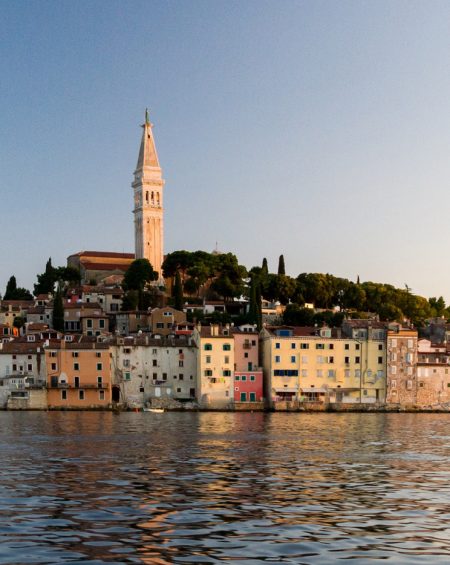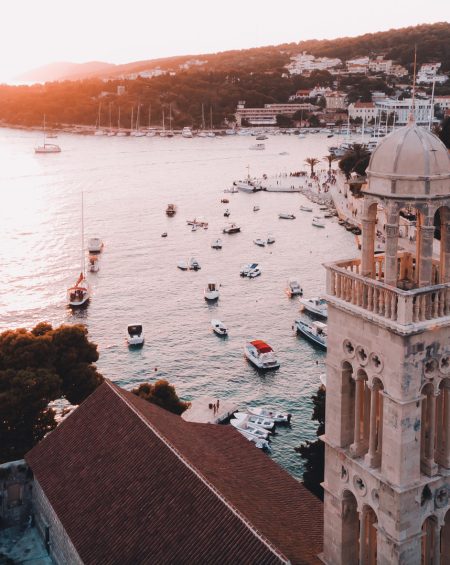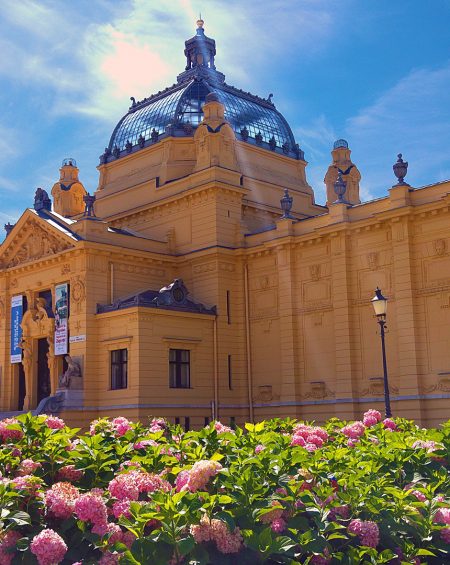Author: excursor team
Croatian cuisine is diverse since every part of the country has its own culinary tradition. Continental cuisine is similar to Hungarian and sometimes to Turkish cuisine, while coastal cuisine has a strong influence of the Mediterranean cuisine.
If you have decided to visit Croatia, surely you will eat in some of the classic and fast food restaurants but if you like to try new tastes and are interested in local cuisine, take a look at some of the dishes mentioned below.
You can find most of these dishes across the country and it is almost impossible to mention and describe all of them so we have decided to point out a few that are characteristic for the winter period.
Stew (often called „čušpajz“)
Stews can vary depending upon the ingredients, but are always served warm, with or without meat or a side dish. These traditional dishes, mostly prepared by our grandmothers, can be often served at weddings. So, no doubt that when in Croatia, you will find at least one stew on the menu in restaurants. Meat stews are often cooked during the winter (with sausages, barley, turnip or greens), while lighter ones are usually prepared in the summer and contain more vegetables (cabbage stew, green beans or leak stew).
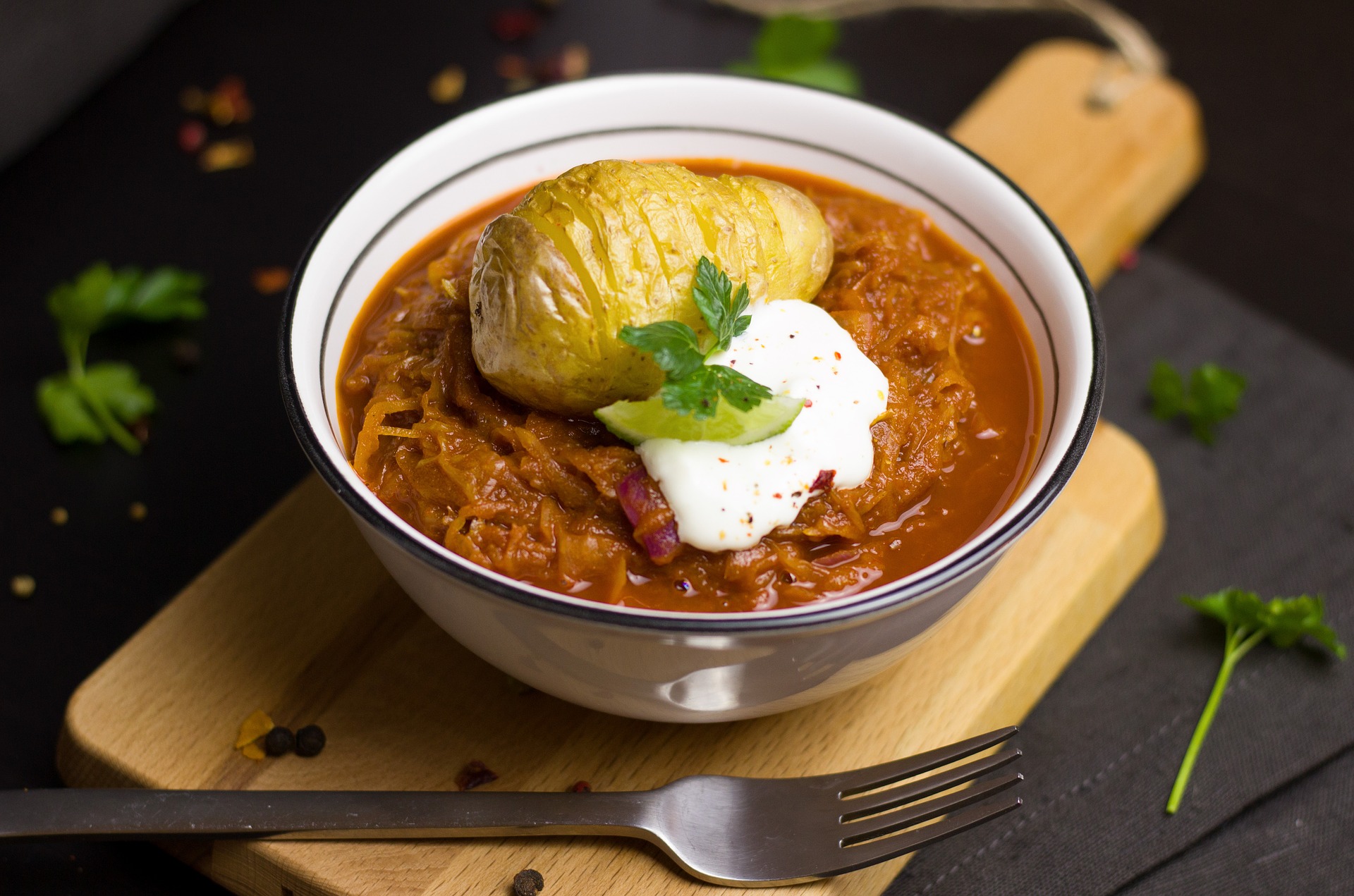
Polenta („žganci“, „palenta“ or „pura“)
Polenta is a side dish well combined with salty or sweet dishes. Both preparation and serving depend on a tradition from a certain region, some serve polenta with white coffee and others with sour cream or ham. In Dalmatia, it is often a side dish to squids. Polenta is a dish of boiled cornmeal and it is most often prepared it in Istria and Dalmatia.
Mlinci
Mlinci are served mainly in continental Croatia as a side dish, usually with roasted poultry. Turkey with mlinci is a famous Croatian specialty, especially in Zagorje and Slavonia. Mlinci are a type of pasta made from wheat flour, salt and water (eggs and fat are sometimes added), then rolled thinly (about 1mm) and baked in an oven or on a hot plate. In order to serve mlinci, it is necessary to break them into smaller pieces and then pour them over with hot salted water, soup or the baking sauce.
Beans with sauerkraut
This meal is one of the favourite winter dishes in Croatia. It is an easy one to prepare, although it has to be cooked for a long time. The beans are soaked (ideally overnight) or boiled, the water is then discarded, and the beans, again, cook slowly in a freshly poured water. In the second pan, sauerkraut is cooked with a piece of bacon and dried ribs. When the beans are half cooked, you add them to the sauerkraut (along with the liquid) and cook until done.
Cabbage rolls („sarma“)
It is impossible to imagine winter in Croatia without sarma but when it comes to the recipe – everyone has its own. Sarma is usually made of sauerkraut leaves, minced meat and spices. Some believe that there must be some rice in the sarma, while others can’t imagine that. Also, some use vine leaves instead of sauerkraut. There is also a vegetarian version with cereals.
Meat under the bell
This is a delicacy that everyone enjoys. The dish is baked in a large round pan covered by the top of a bell which is usually made of cast iron. Apart from potatoes, its main ingredient is often veal, lamb or goat. In Dalmatia, during summer, it is often prepared with seafood specialties such as octopus. The meat is usually in larger pieces or even in one peace with potatoes and other vegetables placed around it. This grilling process can last for up to 3 hours and the most important thing here is the fire – there mustn’t be flames but only light embers or ashes.
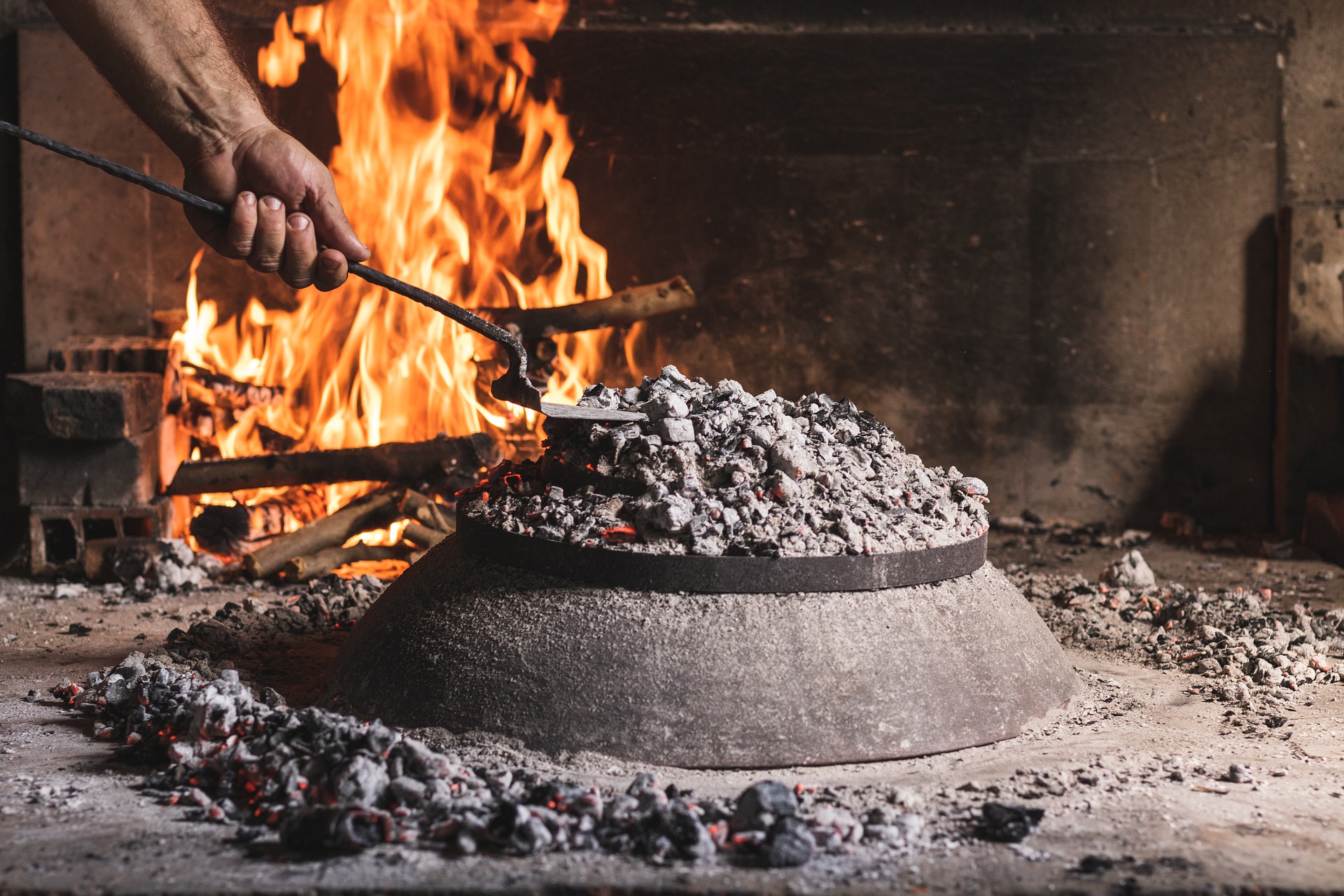

If you have more of a sweet tooth, you have to try:
Croatian strudel („Štrukli“)
This is a traditional Croatian meal characteristic for Zagreb and Zagorje. Štrukli can be cooked or baked, every part of Croatia has its own way of preparing them. The base is made of pulled dough filled with cow cheese, sour cream and eggs. The dough is bent and baked. Štrukli can also be prepared with poppy seeds or turnip.
Uštipci and fritule
This is a very simple dish, similar to donuts. It’s a dough product fried in hot oil that doesn’t contain any yeast. Baking powder is put instead of yeast. There is a little or no fat in the dough, but as it bakes, it absorbs large amounts of oil and may eventually contain up to 15% fat. After baking, uštipci are often sprinkled with powdered sugar. Dalmatians prepare a similar dish called „fritule“.
Knedle
Knedle is the name for many different varieties of this dish, and are similar to dumplings. When it comes to dessert, they used to be filled with plums, but today they are often eaten with cherries or other different fillings. Lately, they are filled with Nutella or Oreo biscuits and come in many different colours.
Kremšnite
You may have already heard of this dessert. This is a cake that is present in kitchens of Central and Southeastern Europe. It’s a puff pastry with lots of whipped egg cream. The most famous kremšnite are the ones found in a small town called Samobor (near Zagreb) and in Zagreb.
In case you don’t like anything from this list, don’t worry. Croatia has a very rich and diverse gastronomic offer so even the most demanding ones will not stay hungry, and besides that, we do have McDonald’s, Burger King and KFC. 😊


